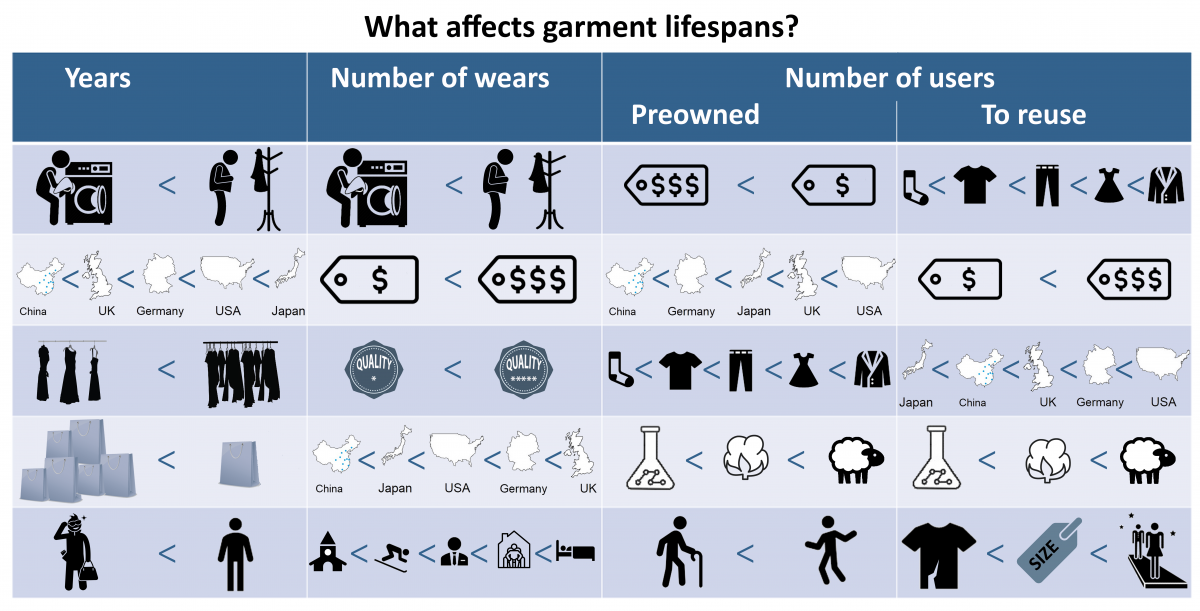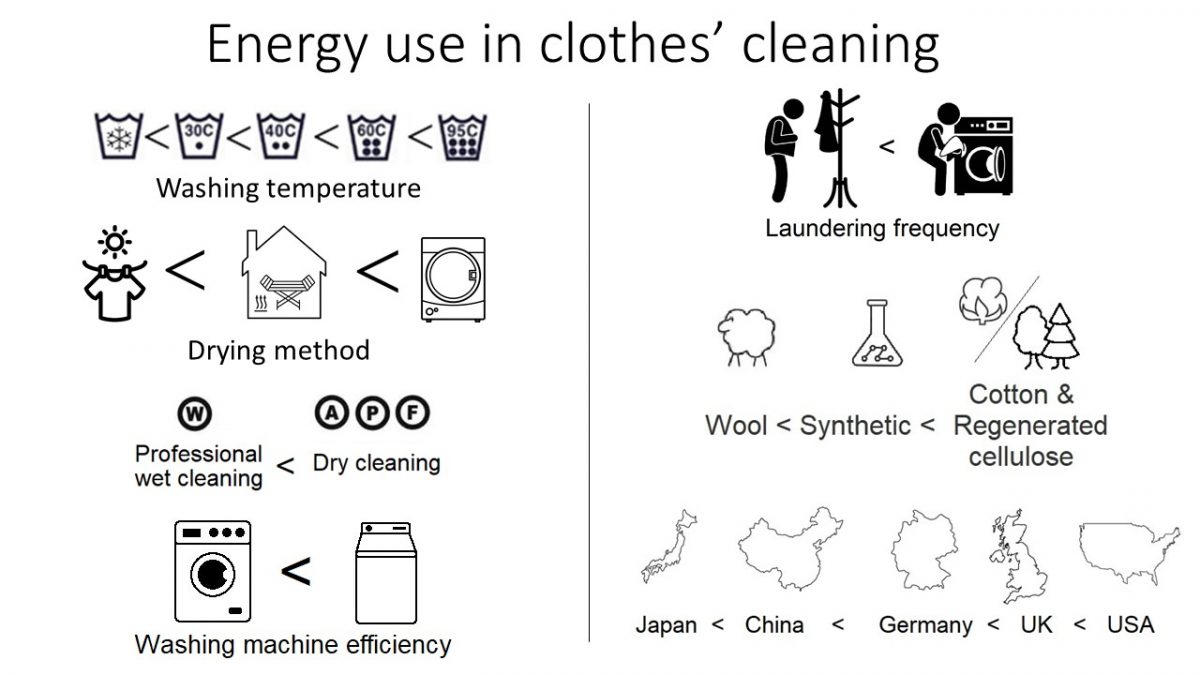Textile Cleaning and Odour Removal
Kirsi Laitala, Ingun Grimstad Klepp & Vilde Haugrønning
Consumers’ textile care practices today are characterized by frequent laundering. The importance of the removal of odours has increased, especially the smell of sweat. This chapter summarizes knowledge about removing odour from textiles. It provides information on suitable cleaning methods for different textile fibres and types of soils. The considered cleaning methods include laundering, stain removal, airing, hand wash, and professional cleaning methods. The cleaning result from laundering depends on water, washing temperature, length of washing cycle, types and amounts of laundry chemicals, and mechanical agitation applied. Textile material and type of soil that needs removal will determine the right mix of these factors.
Inherent fibre properties affect the soiling characteristics of garments. Comparisons of odours retained in textiles have shown that wool has the least intensive odour, followed by cotton, and synthetic polyester and polyamide garments have the most intense odour. Most textiles can be washed with water and detergents, which are more efficient in the removal of many odorous soils than dry-cleaning, but low-temperature laundering and/or lack of chemical disinfectants such as bleaches can contribute to odour build-up in textiles and in the washing machine. These aspects contribute to the environmental impacts of textiles.
Book chapter in Odour in Textiles: Generation and Control (taylorfrancis.com).



